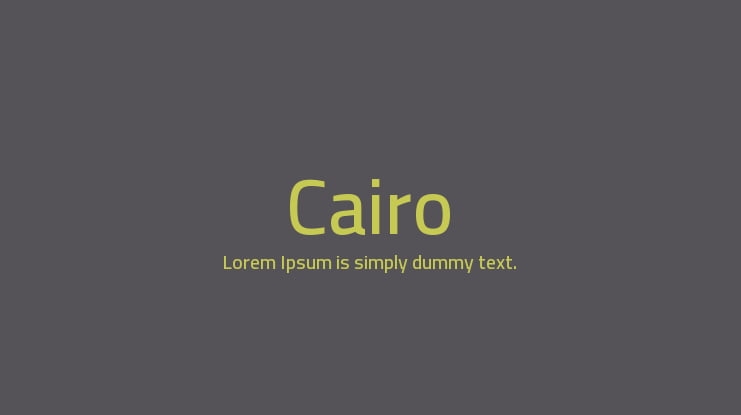
We're hoping to offer tools, guides, and a collaborative eco-system so that those who are just starting out have a place to do so, and those who are experts have a place to advance.įor more information, head over to, check out Google's fonts at and if you're interested - start playing. The League's goal is not only to offer a great collection of hand-picked open source fonts, but to help those who are interested dip their feet into the warm waters of type design. We'd love help in making a whole family, and it would be a fun project to start out with if you've never tried making a font before. There are three weights of the original Alternate Gothic. Someone else took it upon themselves to make an italic version.Īnd there's still plenty more work we'd love to do with it. This is a great example of an open source font, because (though we're still working to integrate the changes), a man named Dannci took it and added a bunch of characters, completely on his own, to extend the font. Caroline Hadilaksono and I collaborated to revive the original Alternate Gothic #1. We're super-proud of League Gothic, and it's become really popular. So for each of these fonts, I'll be including a link to its Github page, so you can go check it out and start playing with it. We're going to start pushing for people to adopt a workflow like this we think it could become a standard that will help typographers immensely. Or you can make your own fork and use it as a base to build a completely different font. You can make an italic version, or add a character, and send us a request to merge it into the main version. The beauty of it is that there's a history of changes to all our fonts, they're dead-easy to update, and - the most exciting part - anyone can make a fork (read: copy) of one of our fonts and do whatever they want with it. If you're not familiar, Github is a site that acts as a central place to keep your work, using a version control system called Git. One of the interesting things we've been doing with The League (which will soon be translated to the website) is that we're moving everything to Github. That's one of the great things about the Open Font License, too - you're allowed to extend and build off OFL fonts that others have made. Often, the best way for a budding typographer to learn to build things is to mimic those who've come before.
#Open sans web font kit how to#
This means that it's a great font for the designer that needs flexibility and variety, but also that it's a great learning resource to understand how to build all different kinds of fonts. Few open source families have as many weights and styles as this. Made by Santiago Orozco, part of what's so wonderful about Josefin Sans and Slab is its quality (it's very well-drawn), but part of its appeal is its completeness. Despite this, Google has hired a few great freelance type designers (including a few League Contributors) to work on new fonts for its system, which is exciting and a wonderful way to support those who care so much about typography and their craft.
#Open sans web font kit free#
Also, it often seems that Google's goal is more towards free fonts than towards open source and collaboration. There are fantastic benefits to the service - fast embedding, easy interface, no price tag - but it's sometimes difficult to find exactly what you're looking for.


A relative newcomer to the scene, Google launched Google Web Fonts roughly a year ago, and it was completely unexpected.


 0 kommentar(er)
0 kommentar(er)
